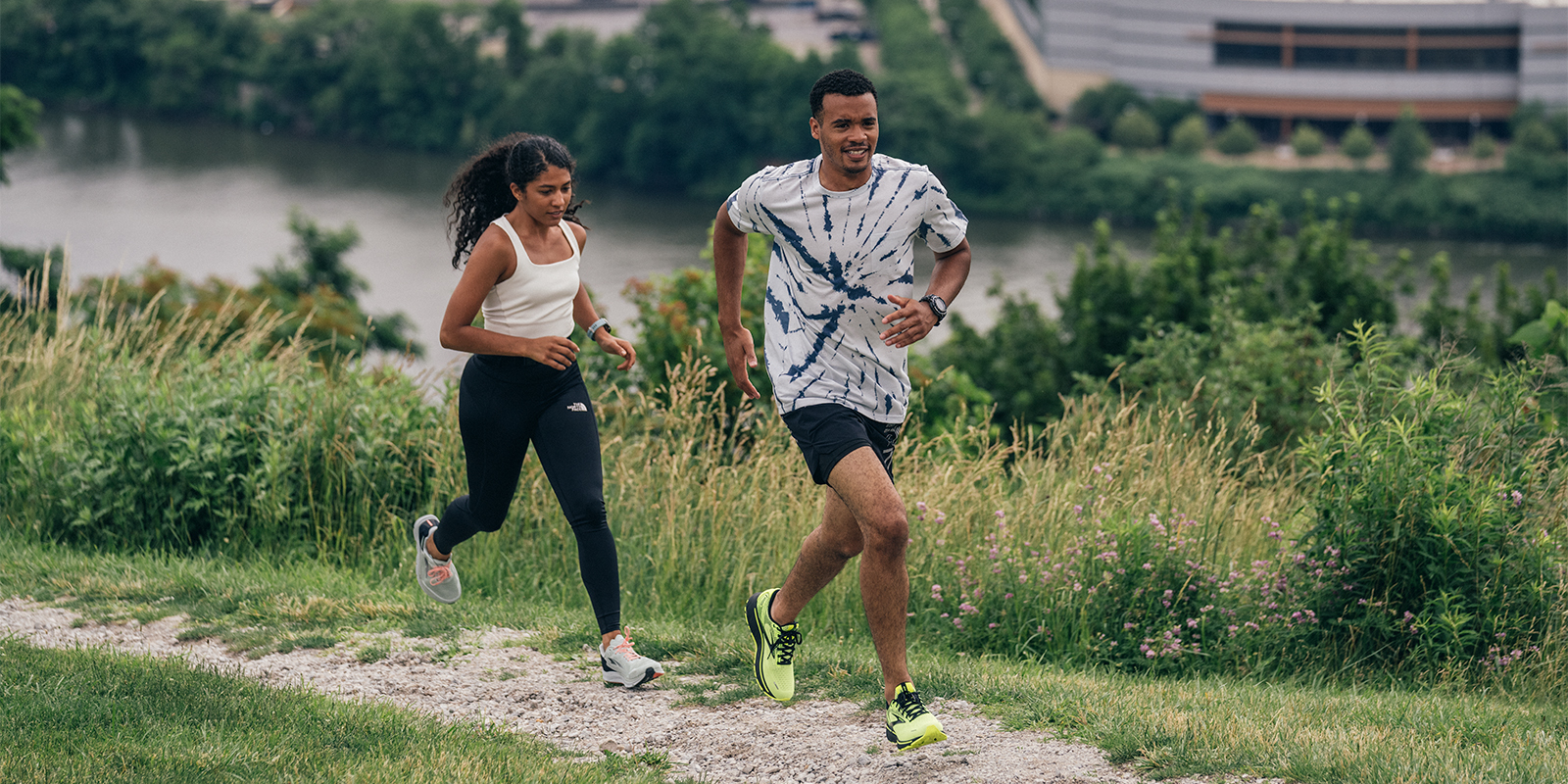Running in the dark can be great: While others are tucked cozily in bed, you’re out trucking along on the road or trail with the cool and the quiet of the night, the moon and the stars all to yourself. But if you run at odd hours, you’ll need a good light to illuminate your path. This is also true if you’re lacing up for an ultramarathon, as you’ll likely be out in the pre-dawn or post-dusk hours for training and during the race itself.
Here’s your guide to getting the right lighting system for your running needs.
Where To Wear a Light
There are a few general types of lights suitable for running, and each has its own pros and cons.
Headlamps
Headlamps illuminate where you’re looking, which is usually at the ground a few feet ahead of you, and they have the advantage of keeping your hands free. They also work great for other activities, like camping and hiking (or even some household chores). Of course, wherever you point your head—at your watch, your running partner, a street sign, toward a sound in the woods—is where the light will shine, which can be both good and bad.
Waist- and Chest-Mounted Lights
A key benefit with these types of lights is that, like headlamps, they provide hands-free illumination. They also shine from a lower point on your body than headlamps, which can provide better visibility, and they won’t blind your running partner when you look in their direction (which can happen while wearing a headlamp).
Handheld Lights
These allow you to point the light exactly where you want it, which you can’t easily do with waist- or chest-mounted lights. They also minimize the tendency for blinding your running partner. The downside is that they’re not hands-free, and you have to keep one hand still in order to get a steady beam as you run.





